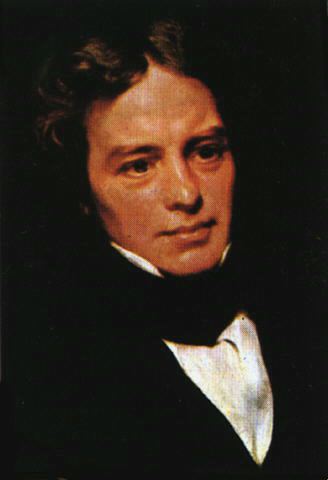Homepage
Ko van der Weele
Faraday heaping: the interplay of air &
sand
Collaboration with the Department of Science
& Technology, Univ. of Twente, The Netherlands,
sponsored by a research grant from FOM: "Newton vs. Stokes: Competing forces in granular matter"
(2005-2009).

 Faraday heaping is one of the most
Faraday heaping is one of the most
celebrated and beautiful examples
of the effect of air on granular matter,
first studied by Michael Faraday in 1831.
When a box with fine dry sand is vertically
vibrated or tapped, its initially flat surface
turns into a landscape of small heaps, which
in the course of time merge into one large
heap. See the eight snapshots (left) from our laboratory
experiment.
Faraday himself already proposed
that the heaping is due
to the influence of the surrounding air, but it is very hard to
pinpoint the precise mechanism experimentally.
We have succeeded in simulating the
heaping effect on a
computer, using a code that combines the dynamics of the
sand grains (governed by Newton's laws) and that of the
air (governed by the Navier-Stokes equations). Our numerical
results agree very well with the experimental observations and
have given a detailed insight into the role of the air. This has
culminated in an accurate analysis of the coarsening
dynamics
of the heaps, i.e., of the timescales on which the successive
merging events take place (Publ. 68, 73, 78, 91).
Homepage Ko
van der Weele